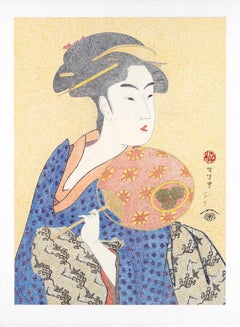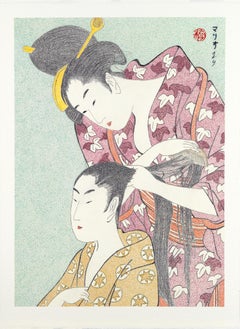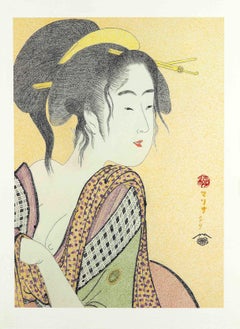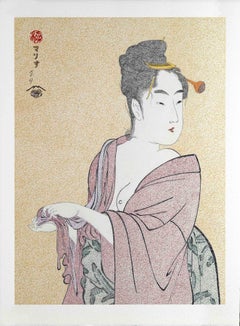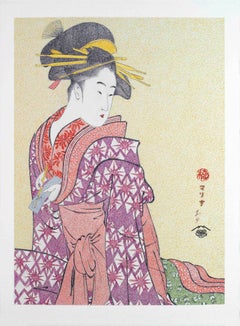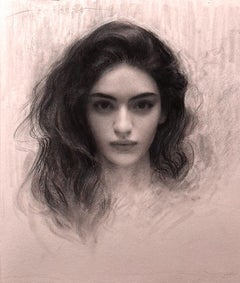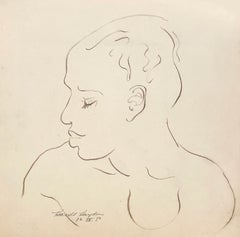Raquel Calvo Cantero Drawings and Watercolor Paintings
2010s Edo Figurative Drawings and Watercolors
Crayon, Paper, Oil Crayon, Graphite
2010s Edo Figurative Drawings and Watercolors
Crayon, Paper, Oil Crayon, Graphite
2010s Edo Figurative Drawings and Watercolors
Paper, Graphite, Crayon, Oil Crayon
2010s Edo Figurative Drawings and Watercolors
Paper, Crayon, Oil Crayon, Graphite
2010s Edo Figurative Drawings and Watercolors
Crayon, Paper, Oil Crayon, Graphite
2010s Edo Figurative Drawings and Watercolors
Paper, Crayon, Oil Crayon, Graphite
2010s Edo Figurative Drawings and Watercolors
Paper, Crayon, Oil Crayon, Graphite
2010s Edo Figurative Drawings and Watercolors
Paper, Crayon, Oil Crayon, Graphite
2010s Edo Figurative Drawings and Watercolors
Paper, Crayon, Oil Crayon, Graphite
2010s Edo Figurative Drawings and Watercolors
Paper, Crayon, Oil Crayon, Graphite
2010s Edo Figurative Drawings and Watercolors
Paper, Crayon, Oil Crayon, Graphite
2010s Edo Figurative Drawings and Watercolors
Crayon, Paper, Oil Crayon, Graphite
2010s Edo Figurative Drawings and Watercolors
Paper, Crayon, Oil Crayon, Graphite
2010s Edo Figurative Drawings and Watercolors
Crayon, Paper, Pencil, Graphite
2010s Edo Figurative Drawings and Watercolors
Paper, Crayon, Oil Crayon, Graphite
2010s Edo Figurative Drawings and Watercolors
Crayon, Paper, Oil Crayon, Graphite
20th Century Realist Portrait Drawings and Watercolors
Paper, Charcoal, Graphite
Mid-20th Century American Modern Figurative Drawings and Watercolors
Paper, Pastel, Graphite
Mid-19th Century Old Masters Portrait Drawings and Watercolors
Handmade Paper, Graphite
20th Century Realist Portrait Drawings and Watercolors
Paper, Charcoal, Graphite
1870s Pre-Raphaelite Portrait Drawings and Watercolors
Crayon, Graphite
1870s Pre-Raphaelite Portrait Drawings and Watercolors
Crayon, Graphite, Paper
2010s Contemporary Figurative Drawings and Watercolors
Paper, Graphite
21st Century and Contemporary Outsider Art Figurative Drawings and Water...
Graphite, Paper, Board
21st Century and Contemporary Realist Portrait Drawings and Watercolors
Paper, Pencil, Graphite
Early 19th Century Italian School Portrait Drawings and Watercolors
Color Pencil, Handmade Paper, Graphite
21st Century and Contemporary Contemporary Figurative Drawings and Water...
Archival Paper, Oil Pastel, Ballpoint Pen, Color Pencil, Graphite
20th Century Realist Portrait Drawings and Watercolors
Paper, Charcoal, Graphite
